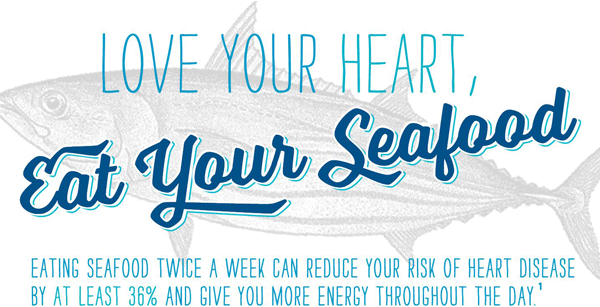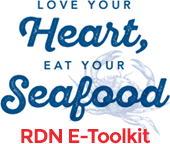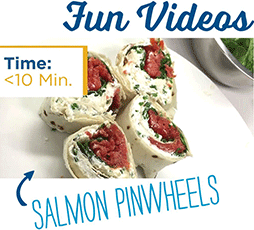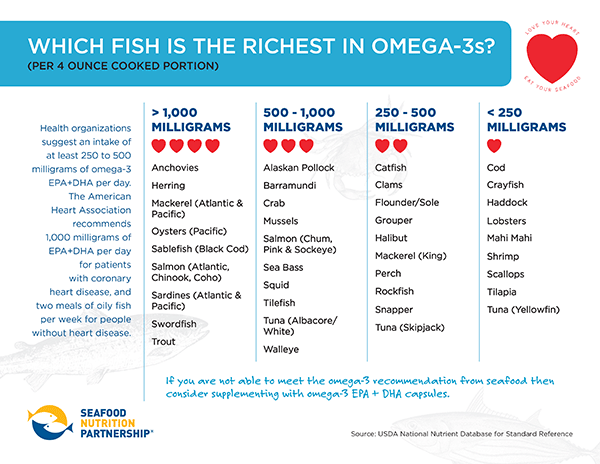 |
View this email in a browser Thank you for your continued support of Today's Dietitian Below is information from one of our sponsors |

| Thank you for visiting our booth at the 2017 Today's Dietitian Spring Symposium! |
|
Eating seafood regularly can save lives and significantly improve heart health. Find out more and sign the pledge to eat seafood twice each week. Your heart — and your loved ones — will thank you for it!
 |
Did You Know?
Seafood is one of the leanest sources of protein and a super food packed with nutrients like Omega-32 which is essential for your good heart health?

We are here to help you to add heart healthy seafood to your weekly meals. Try some of these quick, tasty, and affordable recipes this week. Your heart will thank you!
 |
 |
Most seafood can be prepared in just 15 minutes or less!
Get handouts for clients on meal prep tips »
Get handouts for clients on meal prep tips »


1. Mozaffarian D, Rimm EB. Fish intake, contaminants, and human health: evaluating the risks and the benefits. JAMA. 2006; 296:1885-99.
2. Danaei G, et al. The preventable causes of death in the United States: comparative risk assessment of dietary, lifestyle, and metabolic risk factors. PLoS Med. 2009.
© 2017 Seafood Nutrition Partnership